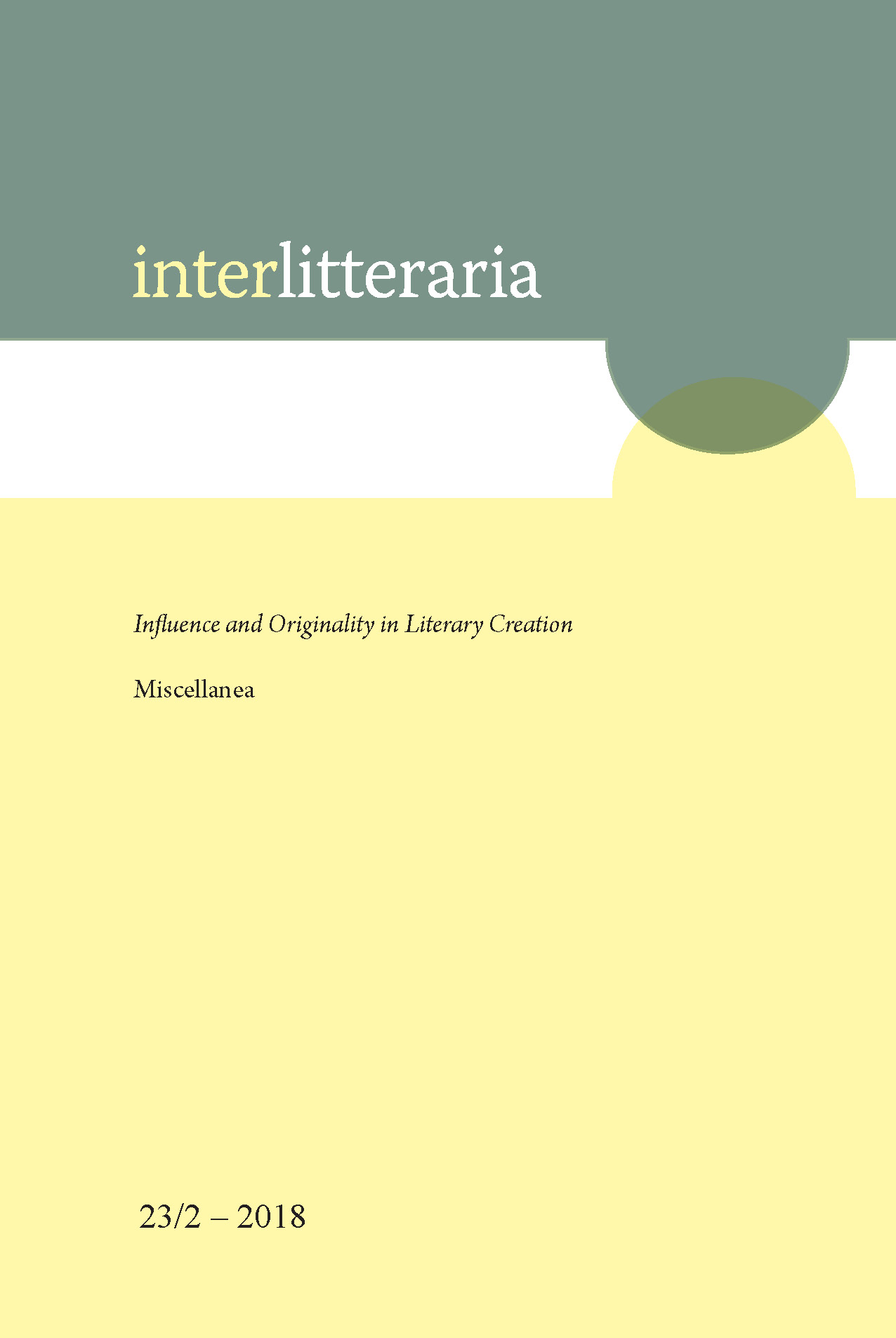Lithuanian Literature in 1918–1940: The Dynamics of Influences and Originality
Lithuanian Literature in 1918–1940: The Dynamics of Influences and Originality
Author(s): Gitana VanagaitėSubject(s): Cultural history, Lithuanian Literature, Pre-WW I & WW I (1900 -1919), Interwar Period (1920 - 1939), WW II and following years (1940 - 1949), Theory of Literature
Published by: Tartu Ülikooli Kirjastus
Keywords: center; periphery; literary influence; host culture;
Summary/Abstract: Lithuanian independence (1918–1940), which lasted for twentytwo years, and its symbolic center, the provisional capital Kaunas, have been very important for the country’s political, social, and cultural identity. In 1918, changes in the social, economic, and political status of an individual as well as transformations in the literary field followed the change of the political system. In what ways the relationship between the center and the periphery and the spheres of literary influences were altered by the new forms of life? Lithuania, the former geographic periphery of tsarist Russia, after the change of the political system became a geographical and cultural periphery of Europe. Nevertheless, political freedom provided an opportunity to use the dichotomy of center-periphery creatively. Lithuanian writers, who suddenly found themselves living in Europe with old cultural traditions, tried to overcome the insignificance of their own literature, its shallow themes and problems by “borrowing” ideas and ways to express them. In fact, the imitation was not mechanical, so the new influences enabled writers to expand significantly the themes and forms of Lithuanian literature.
Journal: Interlitteraria
- Issue Year: XXIII/2018
- Issue No: 2
- Page Range: 340-353
- Page Count: 14
- Language: English

